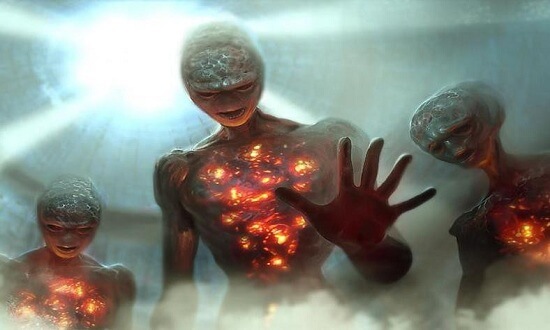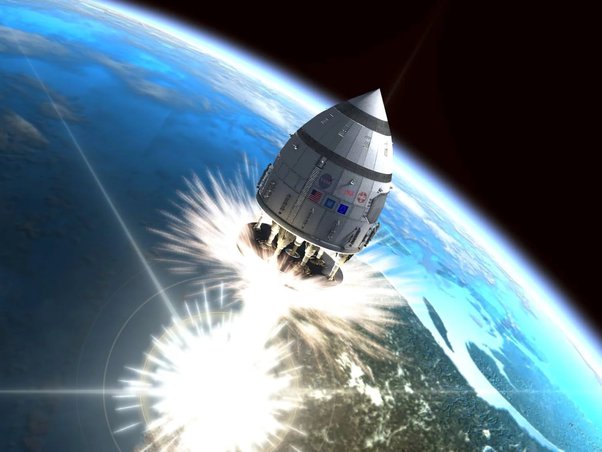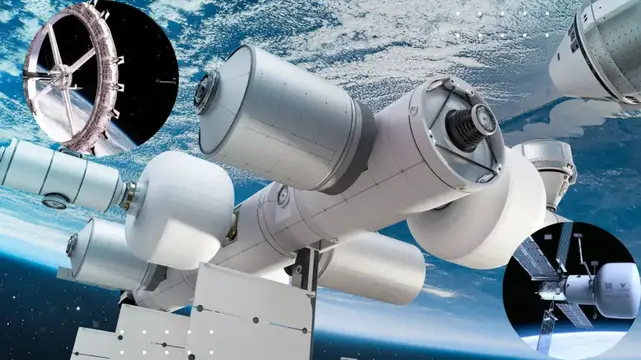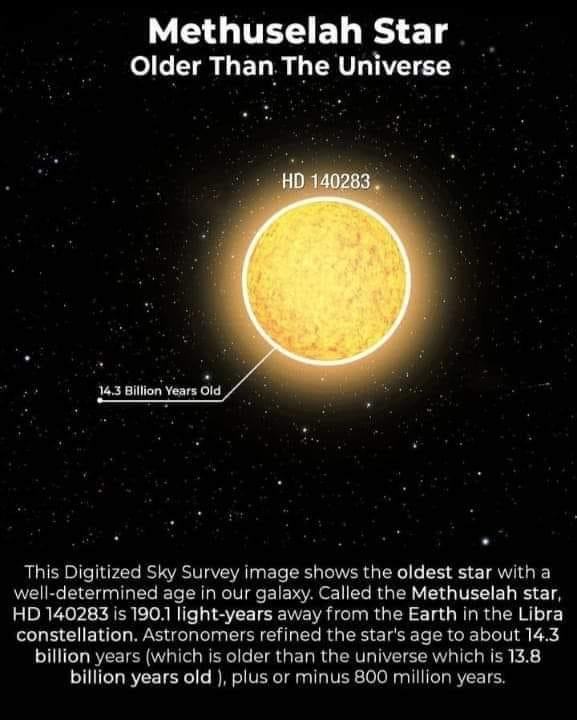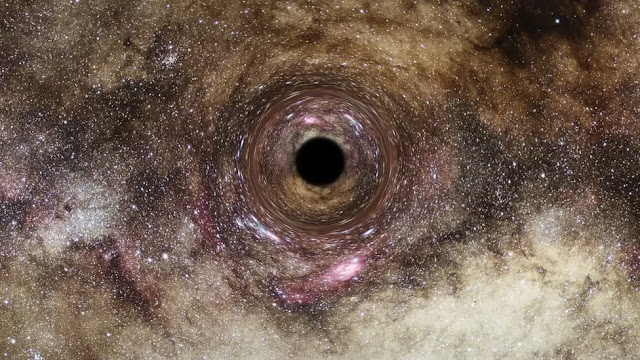The Sun as we all know is the only star within the solar system. But do you know that our star was actually created just like every other planetary body? Numerous amazing facts about the Sun have remained undiscovered since the existence of humans on this planet. However, we have continued to learn about our star as we progress toward a future of impossibilities.
So what have we discovered so far about the sun? With our upgraded level of scientific discoveries, we have studied how our star was formed, and the role of our star within the solar system. So what do you need to know about the sun?
In this article, you will learn about how our star was formed when humans discovered the sun, amazing facts about our star, and more.
How Was The Sun Formed?

The sun that provides us with energy has not always been part of the universe. The sun was formed billions of years after our universe was born. How was the sun formed? Around 4.6 billion years ago, a spinning cloud of dust and gas began to come together.
These clouds of dust and gas are known as the solar nebula. The collapsing movement of the solar nebula was initiated due to the shock wave created by a closeby supernova explosion. As a result of this, the solar nebula collapsed due to gravity. The speed at which the nebula collapsed was tremendously fast.
With time, the nebula began to take a flattened disk shape. The gravitational force was much stronger in the middle of the nebula material. Hence, its strong gravitational force pulled the entire nebula material towards the center of our star. The sun was forming at a tremendous speed.
After some time, our star finally took its current shape. But it was much smaller then than its present state. After the formation, some nebula material that was not included in the process formed planets, moons, and other celestial bodies currently orbiting our star.
So What Spread The Remaining Nebula Materials Across The Solar System?
The solar wind played a role in spreading the remaining materials across the solar system. As a result of these spreading nebulae materials, other planets were created and formed. This is to say that the young sun’s solar wind moved the nebula materials across the solar system.
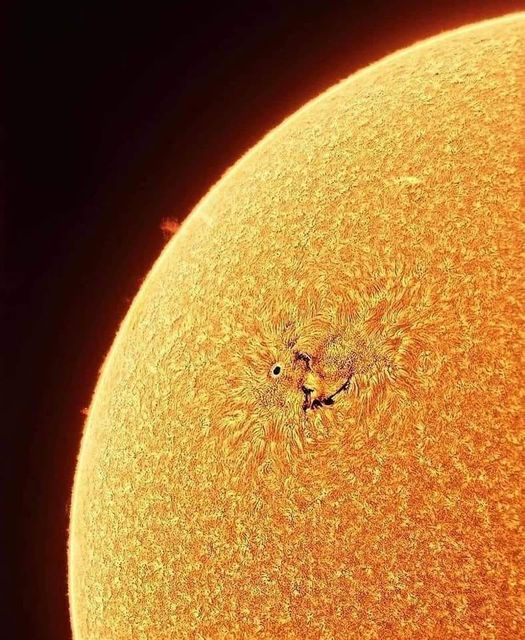
When Did We Discover The Sun?
The sun has been over the earth’s sky before humans began to evolve on Earth. Hence, saying the exact date that our star was discovered may be complicated. Humans have existed in this part of the universe for thousands of years. They have continued to tap sustainable energy from our star throughout this period.
Ancient humans have curiously wondered what our star was all about. No one was able to describe the sun in its actual state. Despite not giving credit for the sun’s discovery to anyone, Ancient Astronomers still played a role in studying our star closely and learning about its existence over the sky.
Hence, we can closely trace the sun’s discovery to the role of ancient astronomers in studying our universe.
Who Discovered The Sun As A Star?
Ancient humans continued to live without any knowledge about the sun until Anaxagoras was born around 500 BC. Around 450 BC, Anaxagoras suggested that the Sun was a Star. This unique suggestion was the first time someone noted something close to describing the sun.
Hence, if you are wondering when did we discover our star? You can comfortably trace it back to around 450 BC. Although Anaxagoras made this suggestion about the sun, ancient Astronomers still did not know what our star was made up of.
What Is The Role Of The Sun In The Solar System?
There are billions of stars within the Milky Way Galaxy. However, only one Star exists in the solar system which is our sun. You may be wondering what roles the sun plays in the solar system. Without our star, no planets could have survived in the solar system.
Earth, which is the only planet with living species, was able to survive and take its beautiful shape because of the energy coming from our star Aside from Earth, the sun helps to hold other planets within the solar system together.
We can comfortably say that our star is the center of attention in the solar system. If the sun is removed from the center of the solar system, the Earth and other planets revolving around it will fly away into deep space.
Aside from holding the celestial bodies together, the energy from our star helps living organisms to evolve on earth. The sun also creates space weather, offers life-giving light, provides powerful solar energy to the earth, and performs several other functions.
Conclusion
The Sun is a unique star that has been sustaining earth for billions of years. The giant star will not stop sustaining the earth and other planets any time soon. We are still studying our star to understand how we can tap more energy from it.
Even if we cannot achieve this milestone in this century, future human civilization may likely depend more on our star for energy. The information provided above will help you understand our star and its amazing facts.

